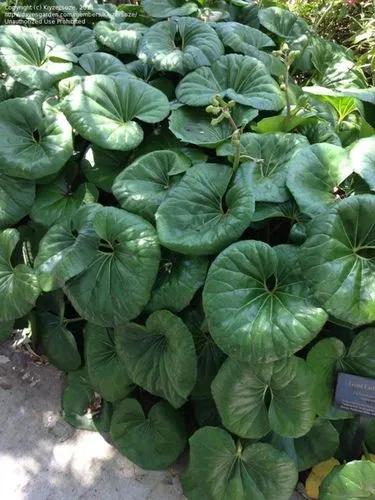Known for extended bloom time, this easy-to-care shrub of Lantana will turn any garden into a permanent flower shop.
Lantana Care
Lantana camara



This ornamental shrub, native to Central and South America, is often considered an invasive species due to its ability to spread fast and easy-to-germinate seeds. It has high environmental tolerance and can sustain a wide range of conditions.
Lantana is identified by thick hairy, textured leaves, dark green and flexible stems. It flourished throughout almost the entirety of the year when in protected spots, but most intensely in spring and summer, and it bears small and numerous flowers in shades of red, yellow, and purple. Flowers arrange in clusters, and it is common to find different colored flowers in the same cluster.
This plant is considered easy to care for and can grow up to 6.5 feet (2 m) high. When kept in outdoor gardens, it’s known for attracting wildlife such as butterflies and hummingbirds.
How to Care for the Plant

Water

Common Lantana should be watered periodically, about once a week. Young plants will need frequent watering, but after being established, they become drought-tolerant and require less maintenance.

Pruning

Cut the tips to encourage blooming. It can sustain cutbacks until about a third of its size. It can also be pruned to maintain its size and shape. Make sure to do it in spring.

Fertilizer

Fertilization is not required, but this plant can be fed a little fertilizer each spring. Choose any general fertilizer with a 10-10-10 or 20-20-20 NPK ratio.

Sunlight

Common Lantana thrives in full sun.

Soil

It can sustain a variety of soils but prefers slightly acidic, well-draining, fertile soils rich in organic matter.

Propagation

Propagates by stem and by seed. Plant in spring, when the frost is completely over.

Temperature

This plant prefers warm temperatures. Although it can tolerate cold temperatures, it’s sensitive to frost, which turns its leaves brown. Make sure to keep it above 60 ºF (15 ºC).

Container

Any type of container is great. Trailing varieties can be grown in hanging baskets, and this plant can also be planted in outdoor gardens; just make sure to keep it under control.

Fun fact

Despite its medicinal properties, Common Lantana is toxic when ingested and can cause allergic reactions and skin irritation, so make sure you use gloves when handling it.

Popularity

14,774 people already have this plant 2,658 people have added this plant to their wishlists
Discover more plants with the list below
Popular articles






